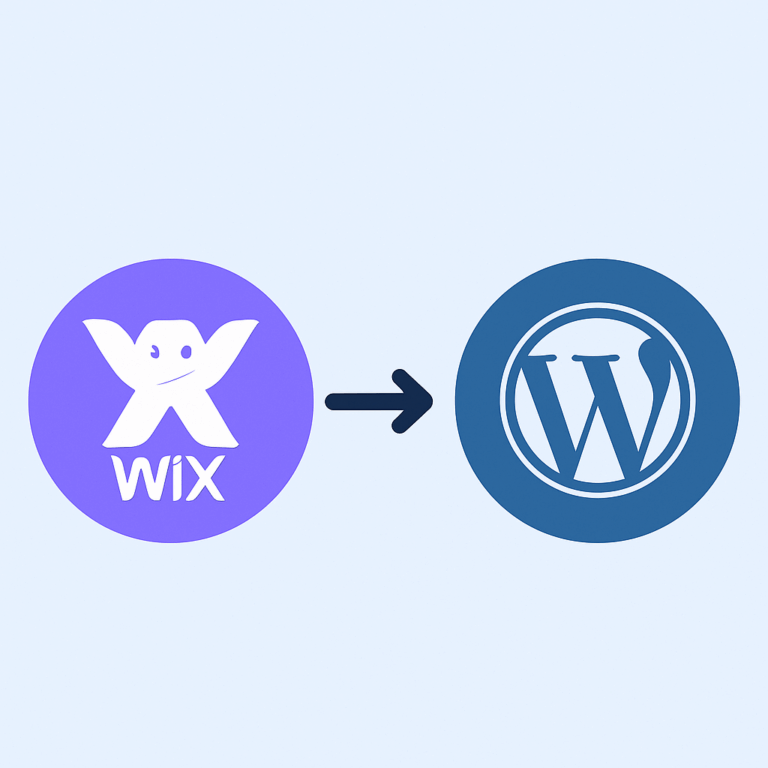How to fix An error of type E_ERROR in wordpress
An error of type E_ERROR in PHP represents a fatal error that halts the execution of the script. It indicates a severe issue that prevents the code from running properly. Here are a few steps you can take to address this error:
- Identify the error source: The error message might provide some information about the file and line number where the error occurred. Check the error message and look for any relevant details. This will help you narrow down the source of the error.
- Review the code: Once you have identified the file and line number where the error occurred, review the corresponding code. Look for any syntax errors, missing function definitions, or other issues that might be causing the error. Pay attention to any recent changes or modifications you made to the code.
- Enable error reporting: To get more detailed error messages that can assist with troubleshooting, enable error reporting in your PHP configuration or add the following code at the top of your PHP script:phpCopy code
error_reporting(E_ALL); ini_set('display_errors', 1); - Check dependencies: Make sure all the required dependencies, such as libraries or modules, are properly installed and configured. Ensure that you have the necessary extensions and versions of PHP and any other required software.
- Debugging: Consider using debugging techniques like adding
var_dump()orechostatements at strategic points in your code to check the values of variables and identify any issues. You can also use a debugger or logging tools to trace the execution flow and pinpoint the cause of the error. - Consult documentation and forums: If you’re using a specific library, framework, or CMS, consult their documentation or community forums for any known issues or solutions related to the error you’re encountering. Other developers might have faced similar problems and can provide valuable insights or guidance.
If you are unable to resolve the error based on the provided information, it would be helpful to share the error message and any relevant code snippets. This will allow for a more specific and targeted assistance.
If the error is originating from a WordPress theme file, you can follow these steps to address the issue:
- Backup your theme files: Before making any changes, it’s crucial to create a backup of your theme files. This ensures that you can revert to the previous state if anything goes wrong during the troubleshooting process.
- Identify the problematic file: Review the error message to determine which specific file within your WordPress theme is causing the error. The error message may mention the file name and line number where the error occurred.
- Review the code in the file: Open the identified file and carefully examine the code around the mentioned line number. Look for any syntax errors, missing function definitions, or other potential issues that could lead to a fatal error. Pay attention to any recent modifications made to the file.
- Temporarily switch to a default theme: To verify if the error is specific to your theme, switch to a default WordPress theme, such as Twenty Twenty-One. This will help determine whether the issue is related to your custom theme or if it’s a more general problem with WordPress or plugins.
- Update your theme: Ensure that you are using the latest version of your WordPress theme. Check the theme developer’s website or the theme’s page on the WordPress.org theme repository for any available updates. Updating the theme can sometimes resolve compatibility issues that could be causing the error.
- Contact the theme developer or support: If the error persists or you’re unable to identify and resolve the issue on your own, it’s recommended to reach out to the theme developer or support team for assistance. Provide them with the specific error message, the problematic file, and any other relevant information. They will be better equipped to help you troubleshoot and resolve the issue.
Remember to always exercise caution when modifying theme files, and make sure to test any changes thoroughly on a staging or development environment before applying them to your live site.

